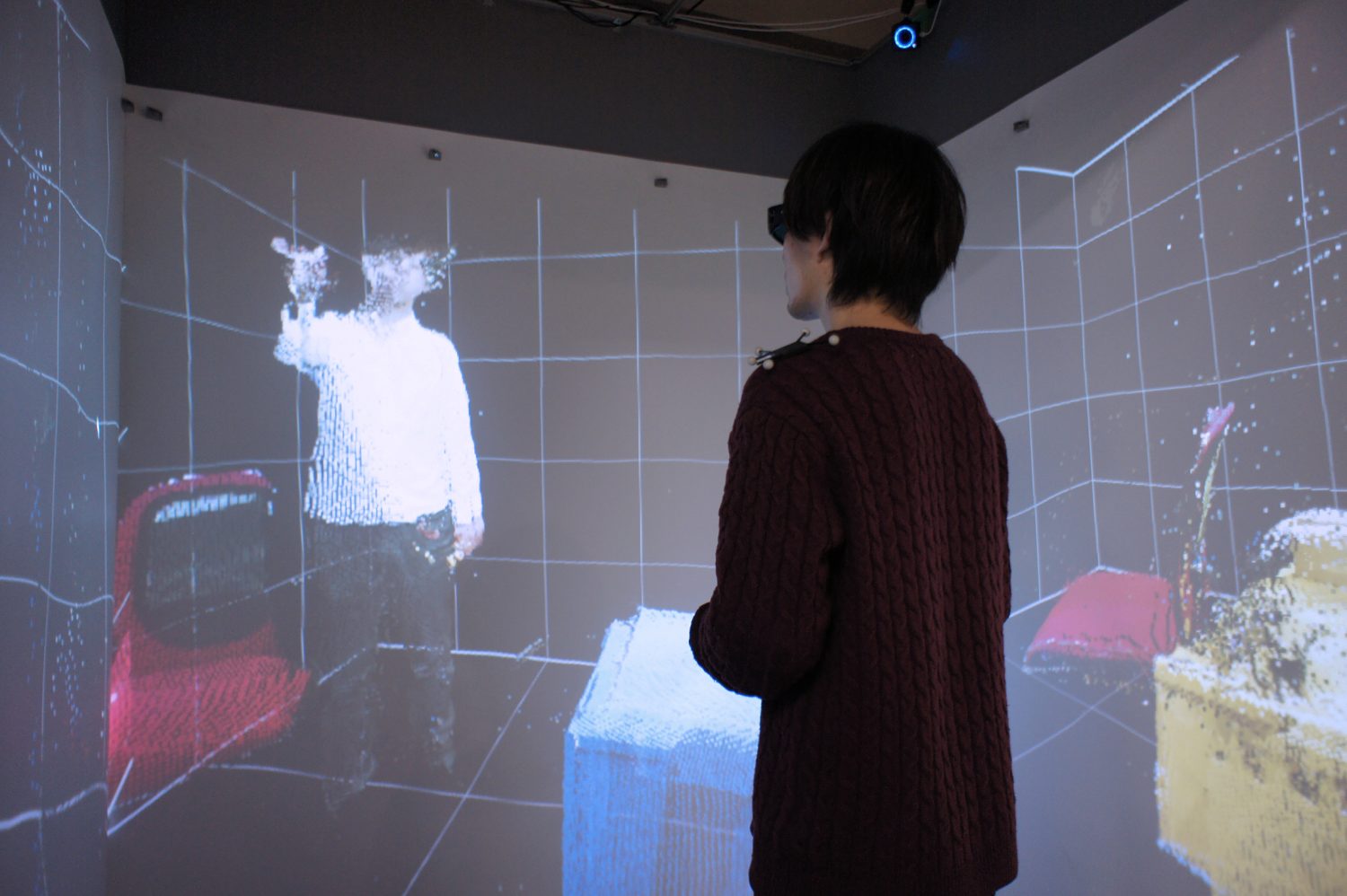Transboundary Research
Project from "Cybernetic Humanity"
EMAS: ElectroMagnetic Actuation System for Low-Latency Motion Transfer
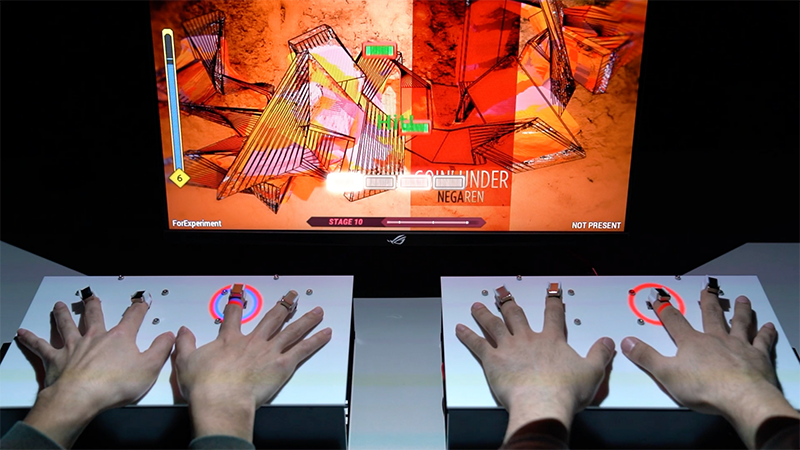
How can the computer facilitate interpersonal joint action, which is the collaborative action conducted by multiple persons? To explore this research question, we develop EMAS (ElectroMagnetic Actuation System) a motion transfer system using electromagnets, allowing the users to share their finger motion.

EMAS consisting of wearable magnets and electromagnets can drive finger motions such as button pressing with a low latency of less than 16 ms. With this low-latency actuation, the system also can control the transfer direction such as mono-direction or bi-direction among multiple persons. Based on the realtime motion transfer, we’re investigating new kind of computer-assisted joint action.
This research is one of the research project called “Cybernetic Humanity”, built by Shunichi Kasahara, a researcher at Sony CSL, which explore the “new humanity” emerged from the integration of humans and computers.
Credit:
Daisuke Tajima (Sony Computer Science Laboratories, Inc.)
Taku Tanichi (Sony Computer Science Laboratories, Inc., Keio Media Design)
Mohammad H. Shehata (California Institute of Technology, Toyohashi University of Technology)
Shunichi Kasahara (Sony Computer Science Laboratories, Inc.)
Abstract
Joint action, performing a task together by multiple people, can be beneficial in transferring the embodied skill, establishing physical relationships, engaging multiple people, and completing the task more effectively. To facilitate real-time joint bodily action, we introduce a low-latency motion transfer system (total latency: 22.9 ± 2.0 ms, finger attraction latency: 13.7 ± 2.1 ms) using electromagnetic actuation, which allows them to share their instantaneous actions, such as pressing the button with their fingers. Our system can change the type of motion transfer at both the direction of the transfer between users (mono- or bi-direction) and the input logic (“AND” or “OR”) based on the users’ input. We will discuss its potential as a computer-assisted joint action and the possibility that the computer system orchestrates the joint action between the users or the user and the computer.
Video
Reference
Daisuke Tajima, Taku Tanichi, Shehata Mohammad H., and Shunichi Kasahara. 2022. Low-Latency Motion Transfer with Electromagnetic Actuation for Joint Action. In SIGGRAPH Asia 2022 Emerging Technologies (SA ’22 Emerging Technologies). Association for Computing Machinery, New York, NY, USA, Article 6, 1–2. https://dl.acm.org/doi/10.1145/3550471.3558399
Siggraph Asia 2022 Emerging Technologies
https://sa2022.siggraph.org/en/presentation/?id=emt_118&sess=sess219
Keywords
Members
Related News
Conversational Agents on Your Behalf: Opportunities and Challenges of Shared Autonomy in Voice Communication for Multitasking
A public seminar and open lab was held at OIST by S. Kasahara.
Control over self and others' face: exploitation and exploration
Investigating the impact of motion visual synchrony on self face recognition using real time morphing
Other projects in the same research area
Human Augmentation
A trend-setting touch-pad technology
Touch panel operation on the back side of a device
Supporting the Seamless Transition Between First and Third Person View for Effective Telepresence Collaborations
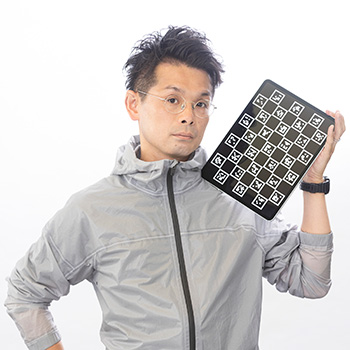
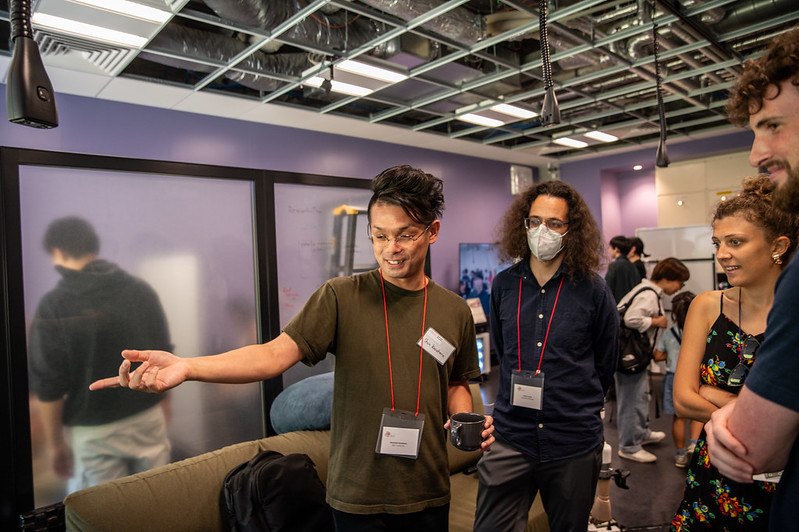

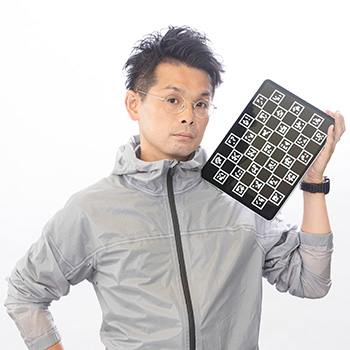
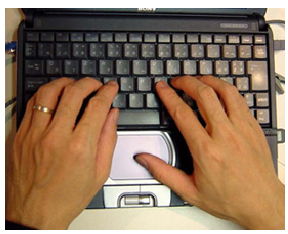
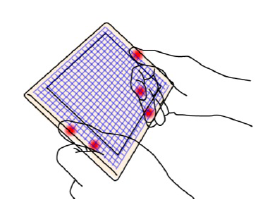
-1.png)
